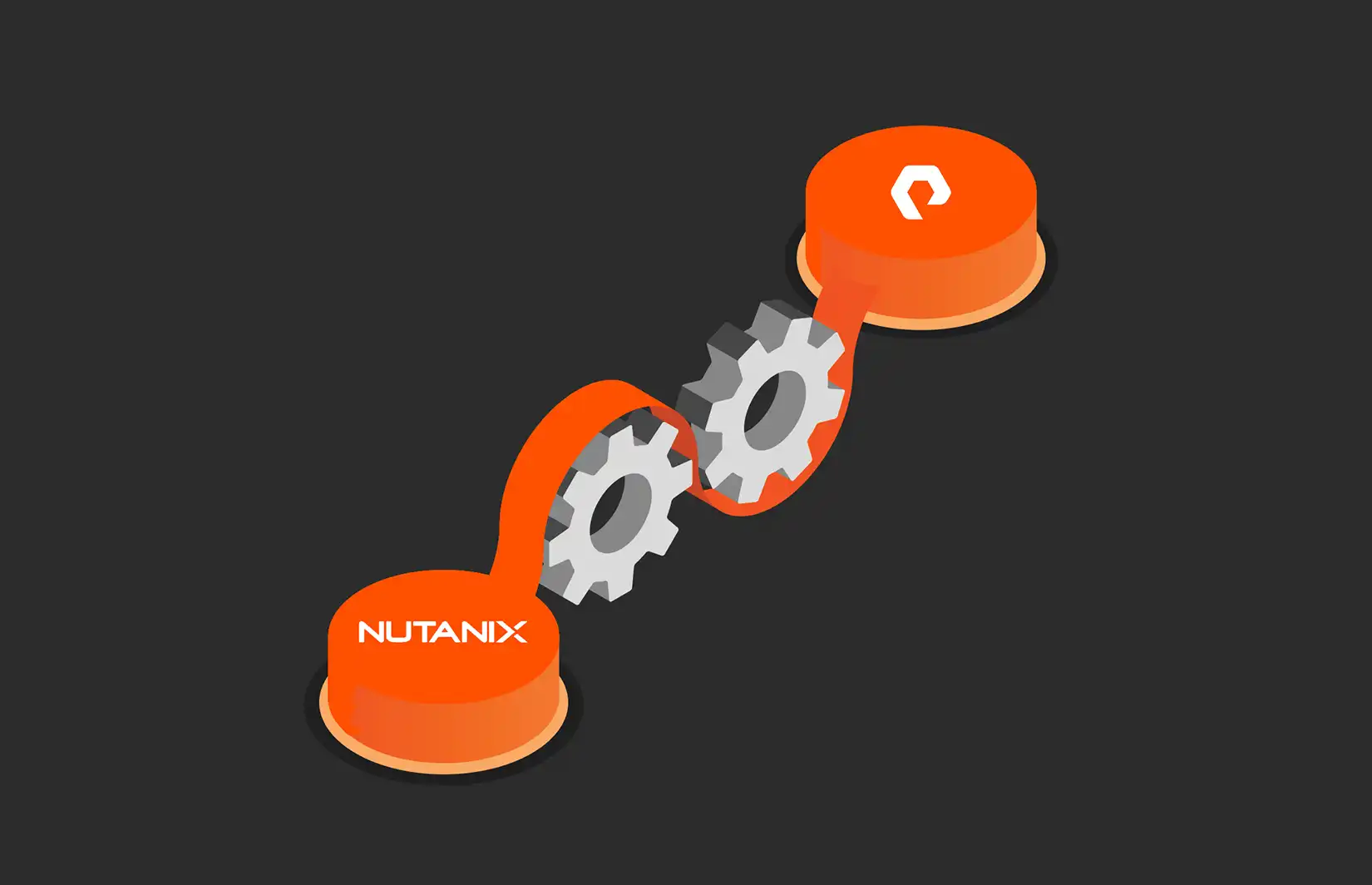Hybrid Cloud Solutions
-
Pure//Launch Blog May Edition
Explore our latest tech innovations, from Nutanix integration and VM support in Portworx to real-time threat detection, cloud flexibility, and smarter storage operations.
By:
Explore our latest tech innovations, from Nutanix integration and VM support in Portworx to real-time threat detection, cloud flexibility, and smarter storage operations.
By:


